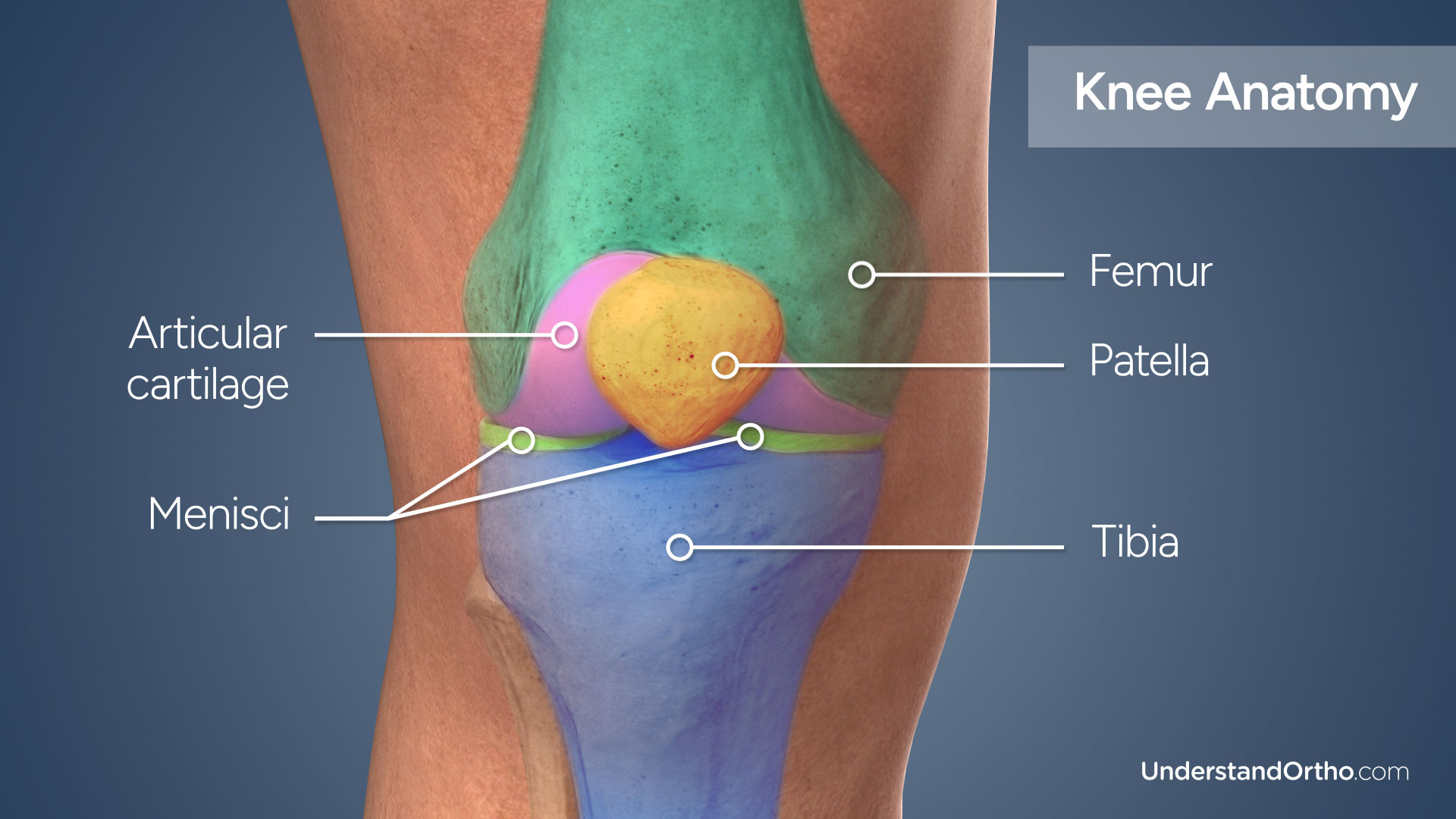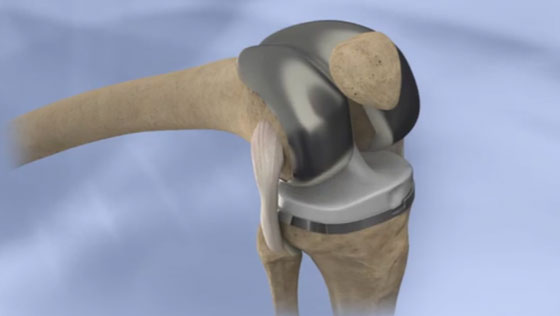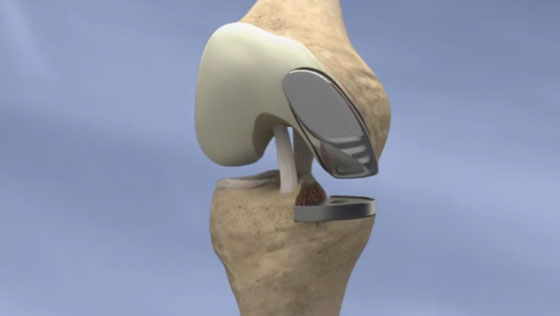What is High Tibial Osteotomy?
High tibial osteotomy (also known as HTO) is a surgical procedure performed to correct malalignment of the knee in order to prevent the progression of arthritis and to prevent or delay knee replacement.
Key statistics about High Tibial Osteotomy
- The results of high tibial osteotomy typically last for 8 to 10 years, delaying the need for knee replacement[1]
- The ideal age for undergoing high tibial osteotomy is between 40 and 60 years old[2]
- More than 80% of patients return to work and sport activity after undergoing high tibial osteotomy[2]
Why is High Tibial Osteotomy performed?
High tibial osteotomy is performed primarily to relieve the symptoms of malalignment and arthritis of the knee. Arthritis occurs as the cartilage that cushions the knee wears down, causing the bones to grind against each other. This results in pain and inflammation, and can lead to bone deformity and a loss of joint mobility. In a condition called malalignment, cartilage damage is significantly greater on one side of the knee versus the other.
When the damage is beyond repair, a total knee replacement or partial knee replacement is necessary. However in certain cases, high tibial osteotomy can relieve the pressure from the damaged side of the knee by shifting it to the side of the knee with healthier tissue. The procedure involves adding or removing a wedge of bone from the tibia in order to realign the knee properly.
Knee Anatomy
The knee joint is formed by three bones: the femur (thigh bone), the tibia (shin bone), and the patella (knee cap).
Menisci are pieces of cartilage found between the femur and tibia, while articular cartilage covers the ends of the bones. Together they work to absorb shock and reduce friction as the knee moves.

Who needs High Tibial Osteotomy?
High tibial osteotomy typically is performed in relatively young, active individuals who suffer from pain and joint dysfunction due to malalignment of the knee. Ideal candidates for the procedure have arthritis that is isolated to only one area of the knee.
High tibial osteotomy can be performed to correct the following:
- Varus malalignment: bowlegged deformity that occurs when the knee deviates outward
- Valgus malalignment: knock-kneed deformity that occurs when the knee deviates inward
How is High Tibial Osteotomy performed?
There are two primary techniques that are used during high tibial osteotomy:
-
Opening wedge osteotomy:
- The surgeon will make an incision and access the knee joint.
- A wedge-shaped cut is made in the tibia.
- A bone graft is placed inside the cut and plates and screws are used to keep the graft in place.
- Finally the incision is closed with sutures or surgical staples.
-
Closing wedge osteotomy:
- The surgeon will make an incision and access the knee joint.
- A wedge of bone is removed from the tibia.
- The bone gap is closed and plates and screws are used to bind the bone together.
- Finally, the incision will be closed with sutures or surgical staples.
What are the risks of High Tibial Osteotomy?
Risks associated with high tibial osteotomy may include:
- Infection
- Blood clots
- Nerve or blood vessel damage
- Knee stiffness
- Unexpected fractures
- Failure of cut bone to heal
How long does it take to recover from High Tibial Osteotomy?
- 24 hours after surgery: Physical therapy will begin. Blood thinners and pain killers will be prescribed.
- 3 days after surgery: Most patients are discharged from the hospital and will be able to walk with crutches.
- 2 weeks after surgery: Any non-dissolvable sutures and staples are removed and bruising and swelling begin to subside.
- 3-6 weeks after surgery: Most patients are able to return to work, and resume driving and most daily activity.
- 6 months after surgery: Most patients are fully recovered from high tibial osteotomy.
What are the results of High Tibial Osteotomy?
High tibial osteotomy is an effective treatment for properly selected patients suffering from symptoms due to malalignment of the knee. Successful results from the procedure typically last for 8 to 10 years, delaying the need for knee replacement.
Find an Orthopedic Doctor in Your Area




